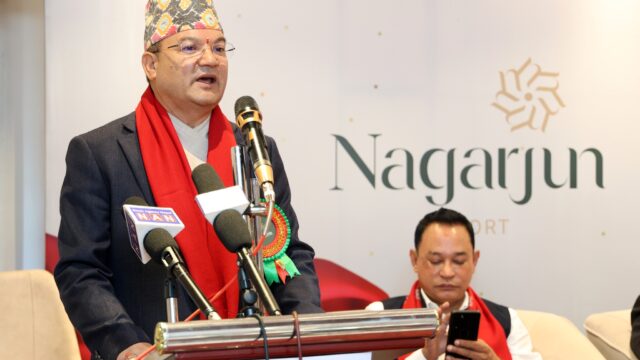Nestled in the scenic hills of Marsyangdi Rural Municipality–3, Siurung village stands out as a unique blend of natural serenity and vibrant Gurung culture. With tightly packed stone houses, beautifully paved stone pathways, a monastery perched above, and the sacred Jaldevi Temple at its heart, Siurung is fast becoming a go-to destination for cultural and eco-tourism in Nepal.
Cultural Richness and Natural Grandeur
Located at an altitude of 1,854 meters above sea level, Siurung is predominantly inhabited by the Gurung community. The village not only captivates with its pristine surroundings but also offers a rich tapestry of traditional dances and rituals such as Krishna Charitra, Ghatu, Lama, Jhankri, Ghyapring, Jhyaures, and Rodhi. These art forms are vital to preserving and transferring Gurung heritage to newer generations.
According to Umar Bahadur Gurung, secretary of the Siurung Tourism Management Sub-Committee and Siurung Homestay program, both the elderly and the youth are actively involved in the preservation and performance of these traditional practices. From Siurung, one can enjoy panoramic views of Himalchuli, Manaslu, Dr. Harka Peak, Machhapuchhre, Buddha Himal, Lamjung Himal, and Annapurna, which further enhances its appeal.
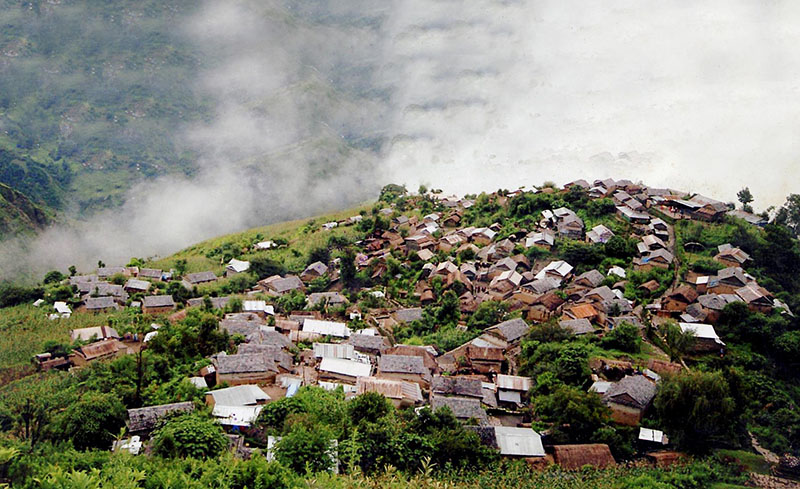
Community-Driven Tourism Development
The movement to declare Siurung as a tourist village began back in 2005 (2062 BS). Since then, the locals have been at the forefront of transforming their village into a welcoming destination. Out of 115 households, 18 operate homestays, providing visitors with a taste of local life.
The community has constructed a multi-purpose hall using a donation of NPR 6.5 million from the Ghales and Lamichhanes. This hall is not only used for welcoming guests but also for organizing cultural performances.
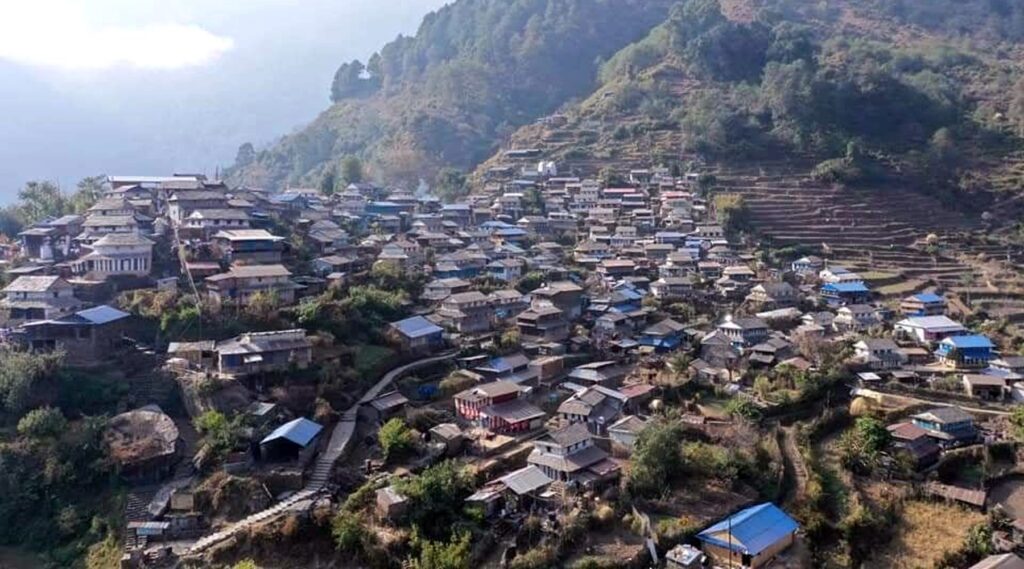
Authentic Culinary Experience
Tourists visiting the homestays in Siurung are treated to authentic Gurung cuisine. According to Santakashi Gurung, a local homestay operator, meals include local specialties such as wild mushrooms, red millet, hill-grown gundruk, red rice, dishes made from millet and maize, local potatoes, honey, mountain bees, Sichuan pepper pickles, and herbal teas like Siltimur.
All food is locally sourced and prepared with traditional methods, offering a truly immersive experience into Gurung hospitality and gastronomy.
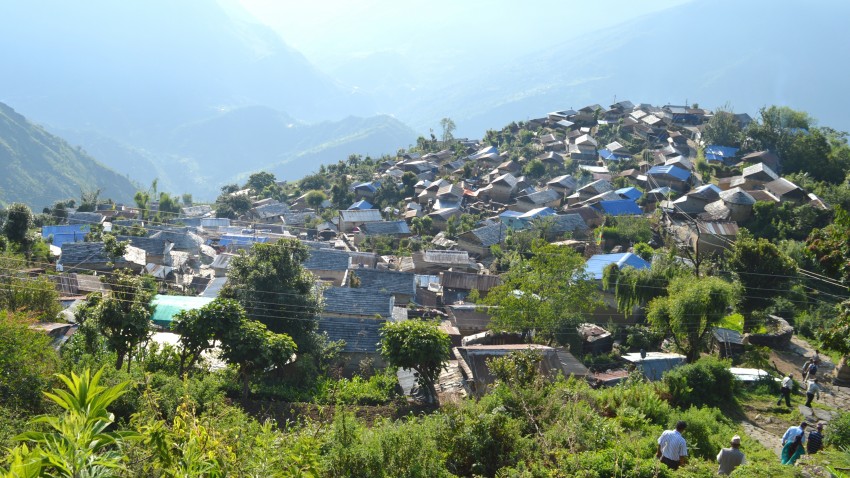
Rising Tourist Influx and Institutional Support
Since the homestay program began, the village has been witnessing a steady increase in both domestic and international tourists. Currently, 10 to 15 foreign tourists visit Siurung daily, a number that continues to grow.
To ensure sustainable tourism growth, institutions like the Tara Gaun Resort Development Committee and Annapurna Conservation Area Project (ACAP) have provided essential training to homestay operators. Additionally, the Gandaki Province Government has contributed NPR 2 million for the construction of a cultural museum, and NPR 500,000 for homestay essentials.
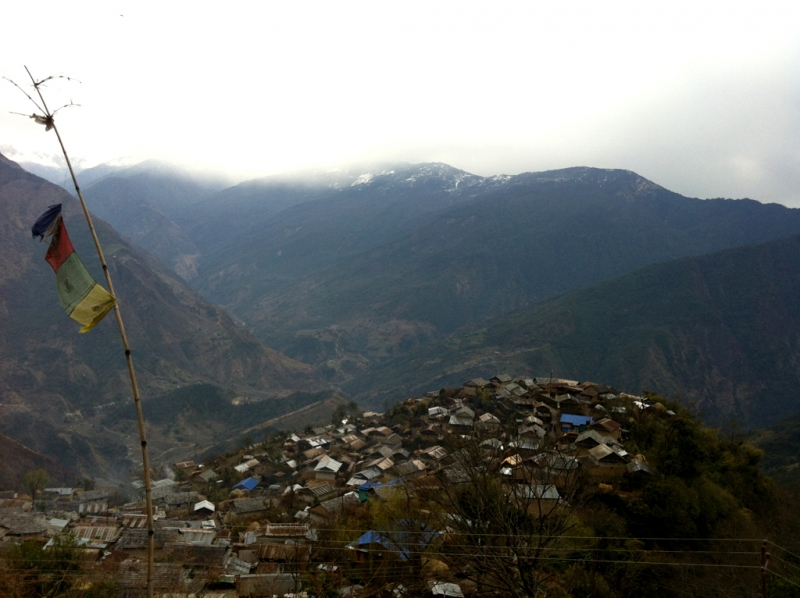
Tapping into Trekking and Cultural Routes
Siurung is not only culturally rich but also geographically strategic. It connects to several trekking routes:
- Thurju–Dudhpokhari–Sikles–Tangting (Kaski)
- Kalagiring–Chamche–Namuna Bhanjyang–Manang (Annapurna Circuit)
These trails provide diverse trekking options while showcasing Gurung heritage.
Moreover, three editions of the Dudhpokhari Festival have already been conducted to integrate religious significance with tourism. However, continuation of the festival has faced challenges in recent years due to limited resources.
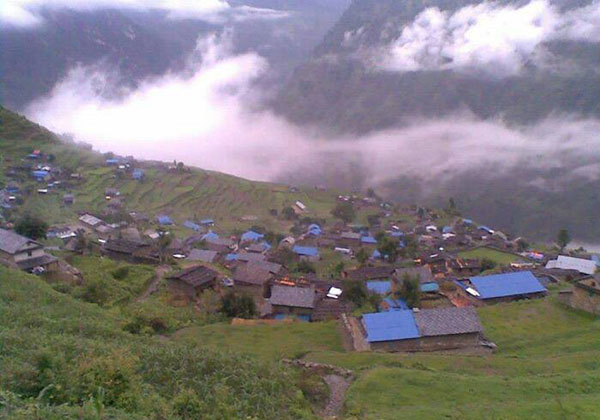
Integration with the Gurung Heritage Trail
In an ambitious tourism expansion, efforts are underway to include Siurung in the Gurung Heritage Trail, connecting it with Dudhpokhari, Gurung Deurali, Timang (Manang), and other heritage-rich sites. According to Bobarjung Gurung, founding president of the Gurung Tourism Entrepreneurs’ Association of Gandaki Province and coordinator of the trail program, the association has recently conducted exploratory treks from Pokhara to Singdi, Pasgaun, Ghanpokhara, and Dudhpokhari, culminating in Siurung.
The trail aims to revive ancient salt-trading and shepherd routes, while simultaneously connecting multiple culturally significant Gurung villages to promote sustainable tourism.
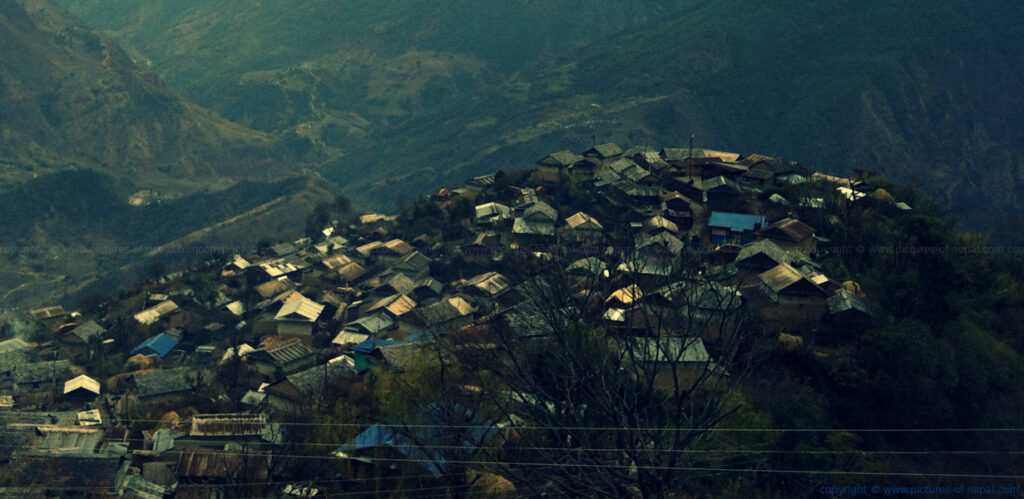
Challenges Ahead and the Road Forward
Despite its immense tourism potential, Siurung faces challenges, inadequate road infrastructure remains the primary hurdle. The 22-kilometer route from Besishahar via Khudi, Tarapu, and Dhagey to Siurung needs significant upgrades.
Local stakeholders emphasize the need for signage posts, trained guides, and regular maintenance of trails and homestays to make Siurung more tourist-friendly. “We are ready; all we need now is continued support from government bodies and tourism stakeholders,” said Prakash Gurung, a homestay operator and local executive member.
Siurung is a powerful example of how a small Gurung village is turning its cultural wealth and natural beauty into a sustainable tourism model. With increasing interest from both domestic and international tourists, and with further support and infrastructure development, Siurung has the potential to become a flagship destination for cultural tourism in Nepal.



